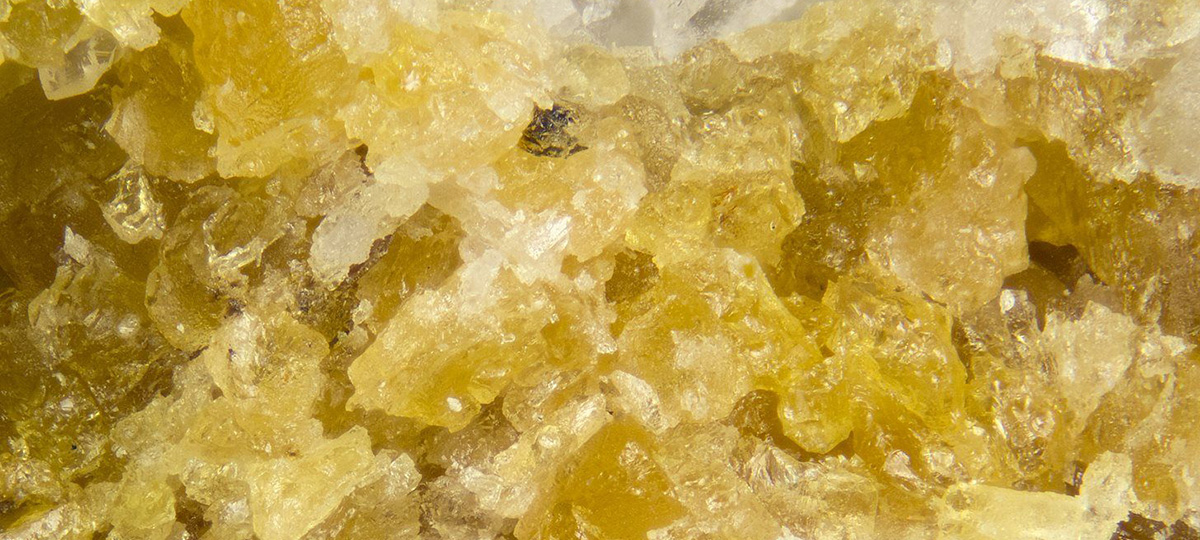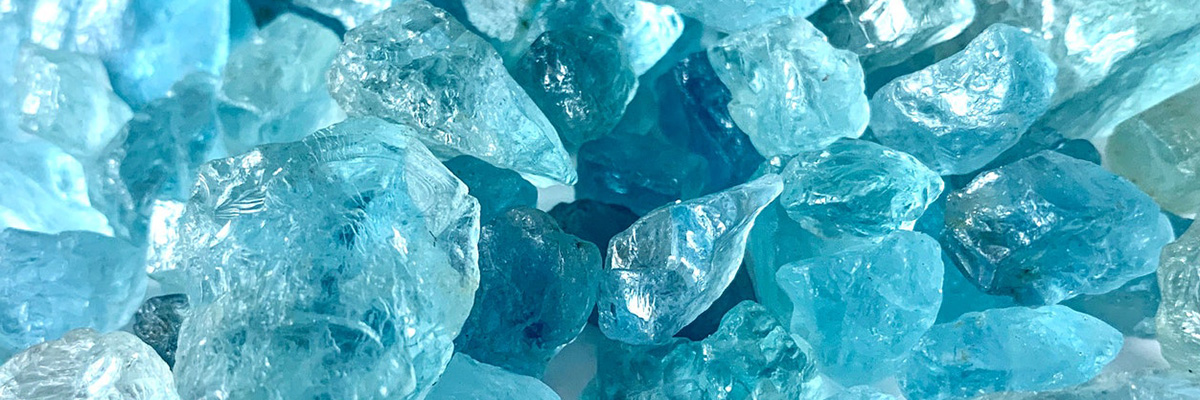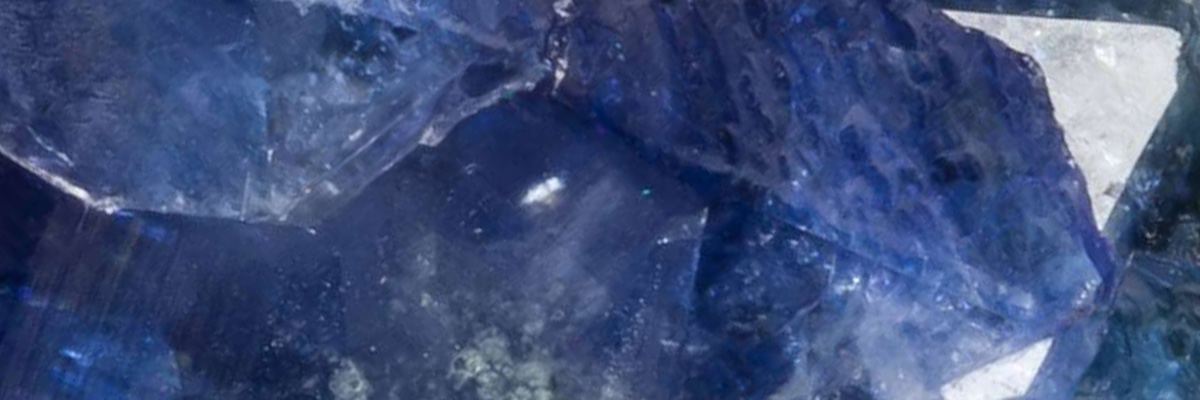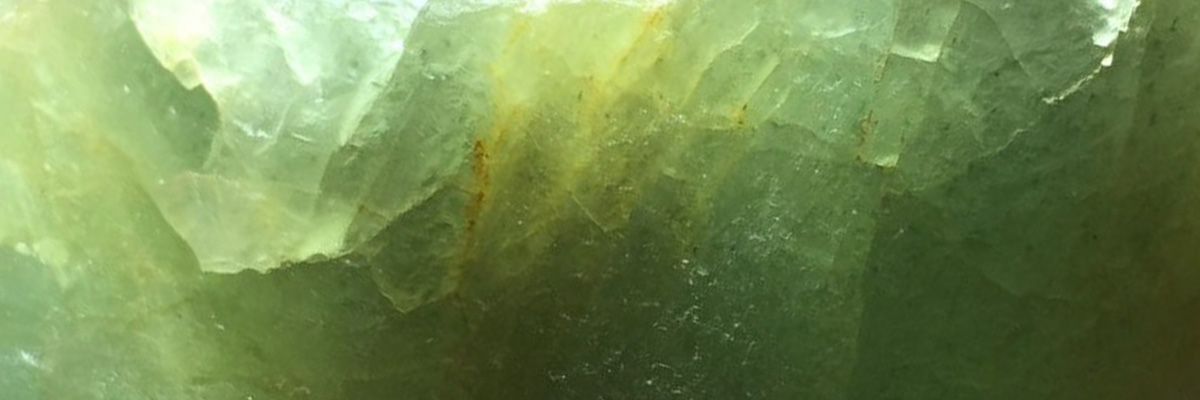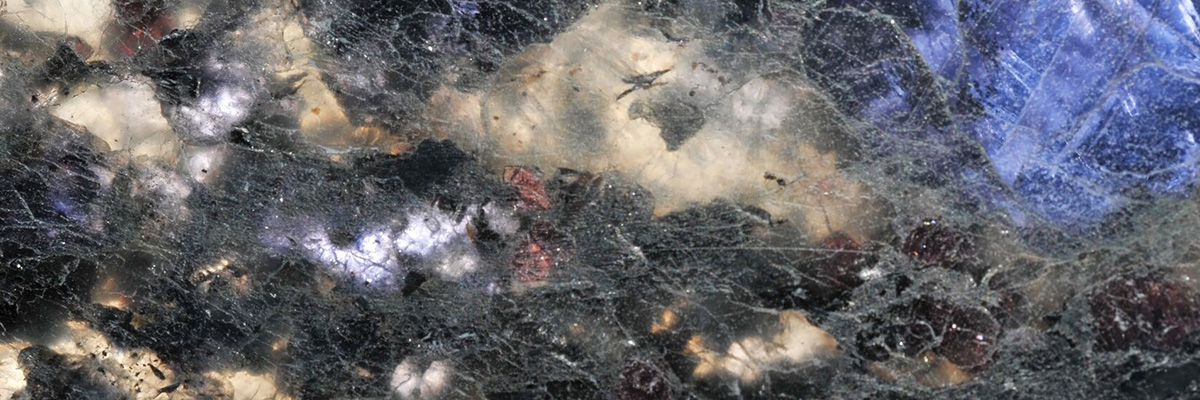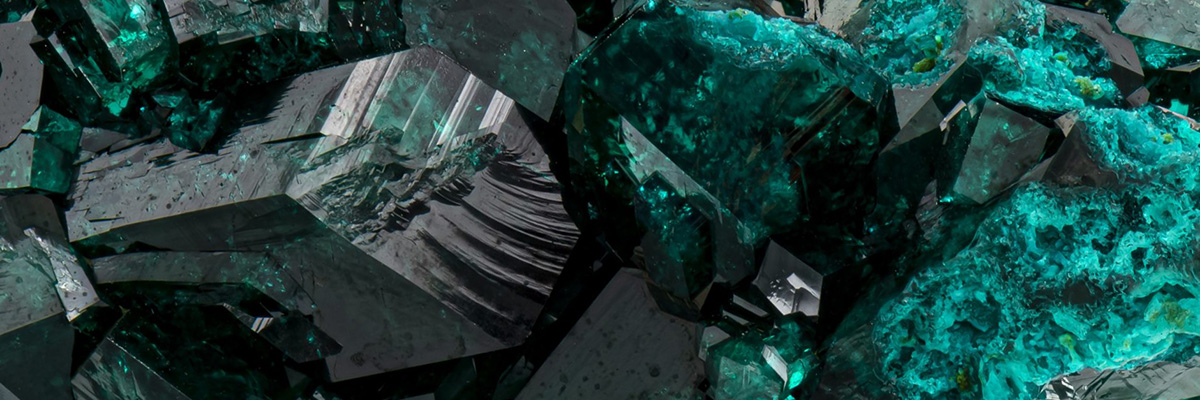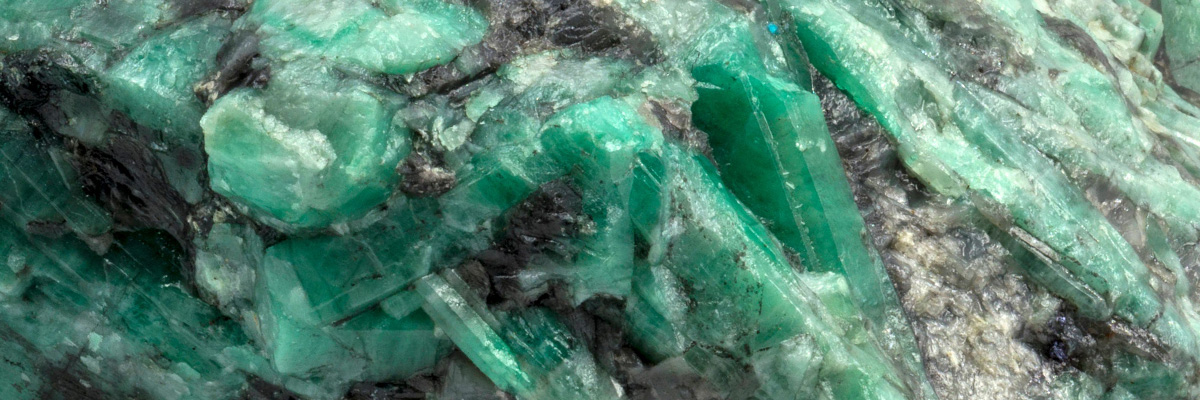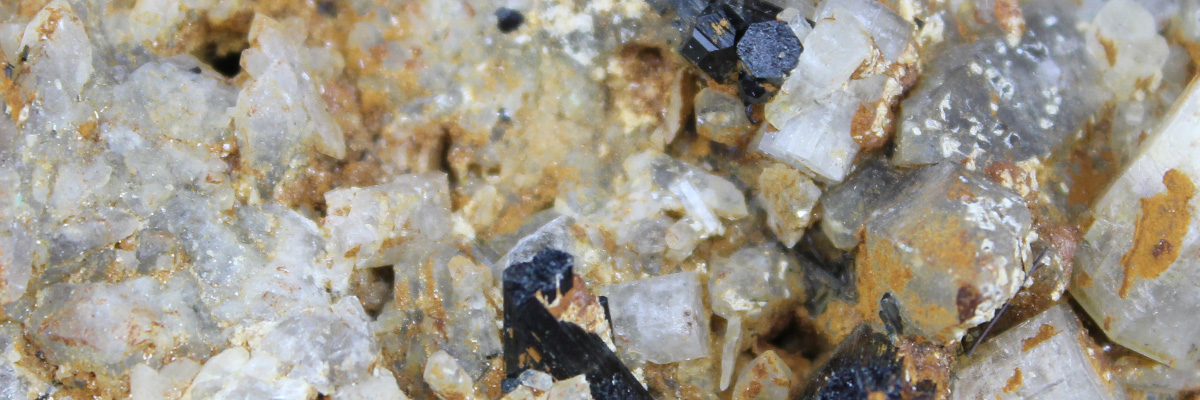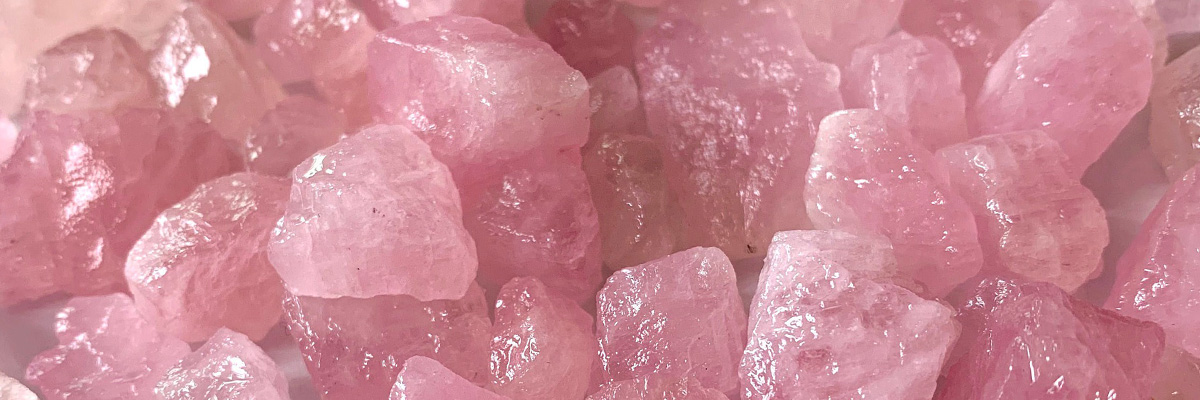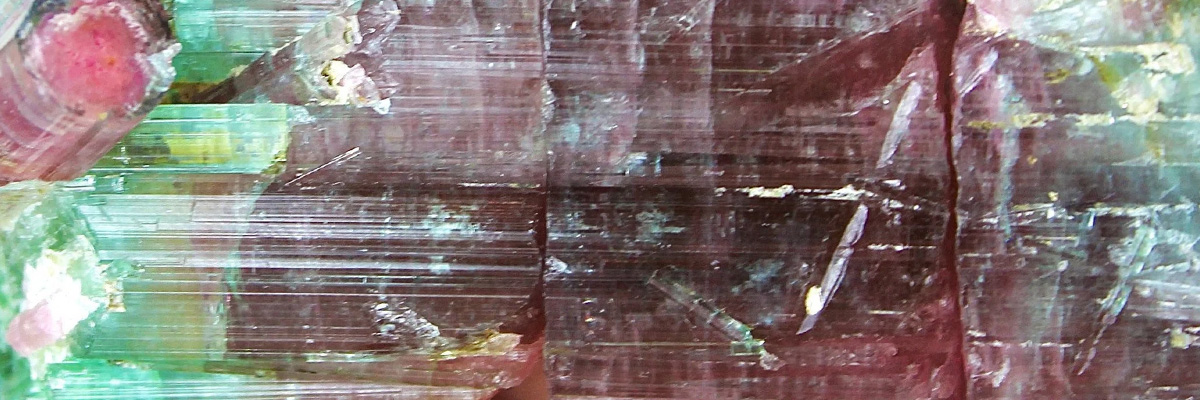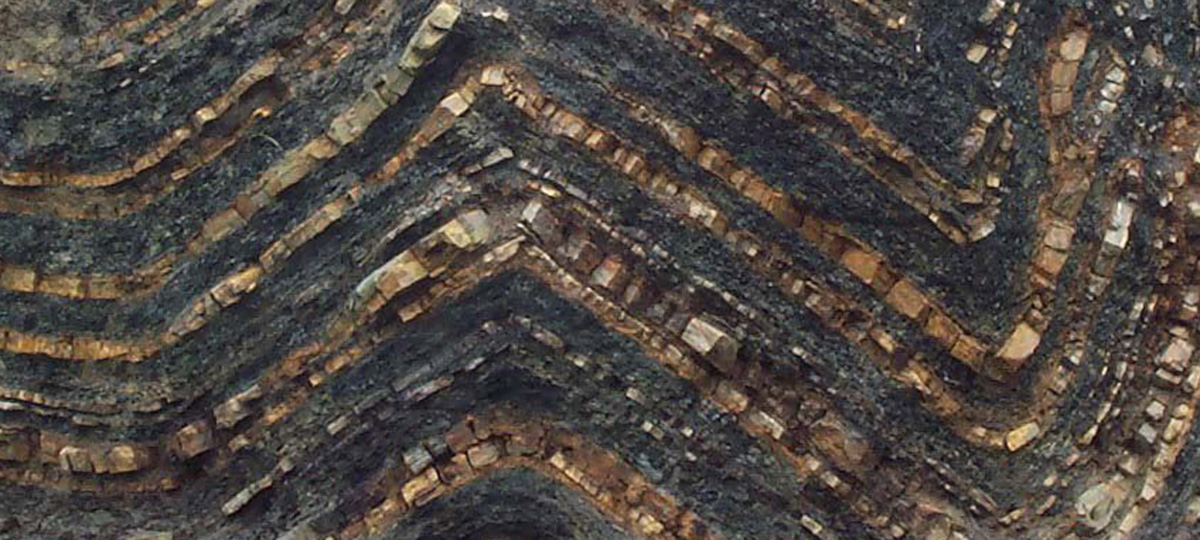Cyclosilicates, also known as ring silicates, are a fascinating group of silicate minerals characterized by the arrangement of silica tetrahedra (SiO4) into ring structures. These minerals can be found in a variety of geological settings, such as igneous, metamorphic, and sedimentary rocks. Cyclosilicates are known for their unique crystal structures, captivating range of physical properties, and their importance in various industrial applications, particularly in the gemstone market.
Formation
Cyclosilicate minerals primarily form through the cooling and solidification of magma and lava, as well as through metamorphic processes where rocks undergo changes in mineralogy, texture, and composition due to heat, pressure, and the introduction of new chemical elements. They can also form as the end product of weathering processes or through hydrothermal activity, precipitating from aqueous solutions to create mineral deposits.
Types
The cyclosilicate group includes several notable minerals, such as beryl, tourmaline, and cordierite.
- Beryl: A beryllium aluminum silicate mineral, beryl is found in igneous rocks, such as granite and pegmatite, as well as metamorphic rocks like schist. Beryl is best known for its gem-quality varieties, such as emerald (green) and aquamarine (blue).
- Tourmaline: A complex boron silicate mineral, tourmaline occurs in a wide range of geological environments, including igneous, metamorphic, and sedimentary rocks. Tourmaline exhibits a prismatic crystal habit and is known for its diverse range of colors, making it a popular gemstone.
- Cordierite: An aluminum magnesium iron silicate mineral, cordierite is found in metamorphic rocks subjected to high temperatures and pressures, such as hornfels and schist. It is known for its characteristic pleochroism, displaying different colors when viewed from various angles.
Properties
Cyclosilicate minerals display a diverse range of physical properties due to their unique structures and compositions. Their Mohs hardness typically ranges from 5 to 7.5, and they can appear transparent, translucent, or opaque. Cyclosilicates exhibit various colors and can display different crystal habits, such as prismatic, tabular, or massive.
Significance
Cyclosilicate minerals hold significant importance in various fields. In geology, they provide valuable insights into the geological history of an area, the processes that have occurred, and the formation and evolution of the Earth’s crust.
Cyclosilicates also have essential commercial and industrial uses, particularly in the gemstone market. Beryl varieties, such as emerald and aquamarine, are highly prized gemstones. Tourmaline, with its broad range of colors, is a popular choice for jewelry. Cordierite, while not as widely used in jewelry, is appreciated by collectors for its unique pleochroism.
Understanding the distribution, properties, and behavior of cyclosilicate minerals is crucial for managing natural resources, evaluating geological hazards, and mitigating the environmental impacts of their extraction and use. Studying these minerals contributes to our understanding of the complex processes involved in the formation of the Earth’s crust and the diverse metamorphic environments where they occur.
Examples
-
Aquamarine
Aquamarine is a variety of beryl, a mineral composed of beryllium aluminum cyclosilicate, and belongs to the hexagonal crystal system. The gemstone exhibits a range …
-
Benitoite
Benitoite is a rare barium titanium silicate mineral belonging to the cyclosilicate class. The mineral is renowned for its deep blue color and unique crystal …
-
Beryl
Beryl is a beryllium aluminum cyclosilicate mineral that falls within the hexagonal crystal system. This fascinating mineral is known for its diverse range of colors …
-
Cordierite
Cordierite, also known as iolite, is a magnesium iron aluminum cyclosilicate mineral that belongs to the orthorhombic crystal system. It exhibits a range of colors, …
-
Dioptase
Dioptase is a copper cyclosilicate mineral belonging to the trigonal crystal system. It is characterized by its stunning, intense emerald-green color and vitreous luster. Dioptase …
-
Emerald
Emerald is a variety of beryl, a mineral composed of beryllium aluminum cyclosilicate, and belongs to the hexagonal crystal system. The gemstone is renowned for …
-
Goshenite
Goshenite is a variety of beryl, a beryllium aluminum cyclosilicate mineral, known for its colorless and transparent appearance. As a member of the hexagonal crystal …
-
Heliodor
Heliodor is a variety of beryl, a beryllium aluminum cyclosilicate mineral known for its yellow to greenish-yellow color. Belonging to the hexagonal crystal system, heliodor …
-
Morganite
Morganite is a variety of beryl, a beryllium aluminum cyclosilicate mineral, known for its delicate pink to peach color. Morganite belongs to the hexagonal crystal …
-
Tourmaline
Tourmaline is a complex boron silicate mineral that belongs to the hexagonal crystal system, with a wide array of colors and variations. This versatile mineral …

Related Posts
-
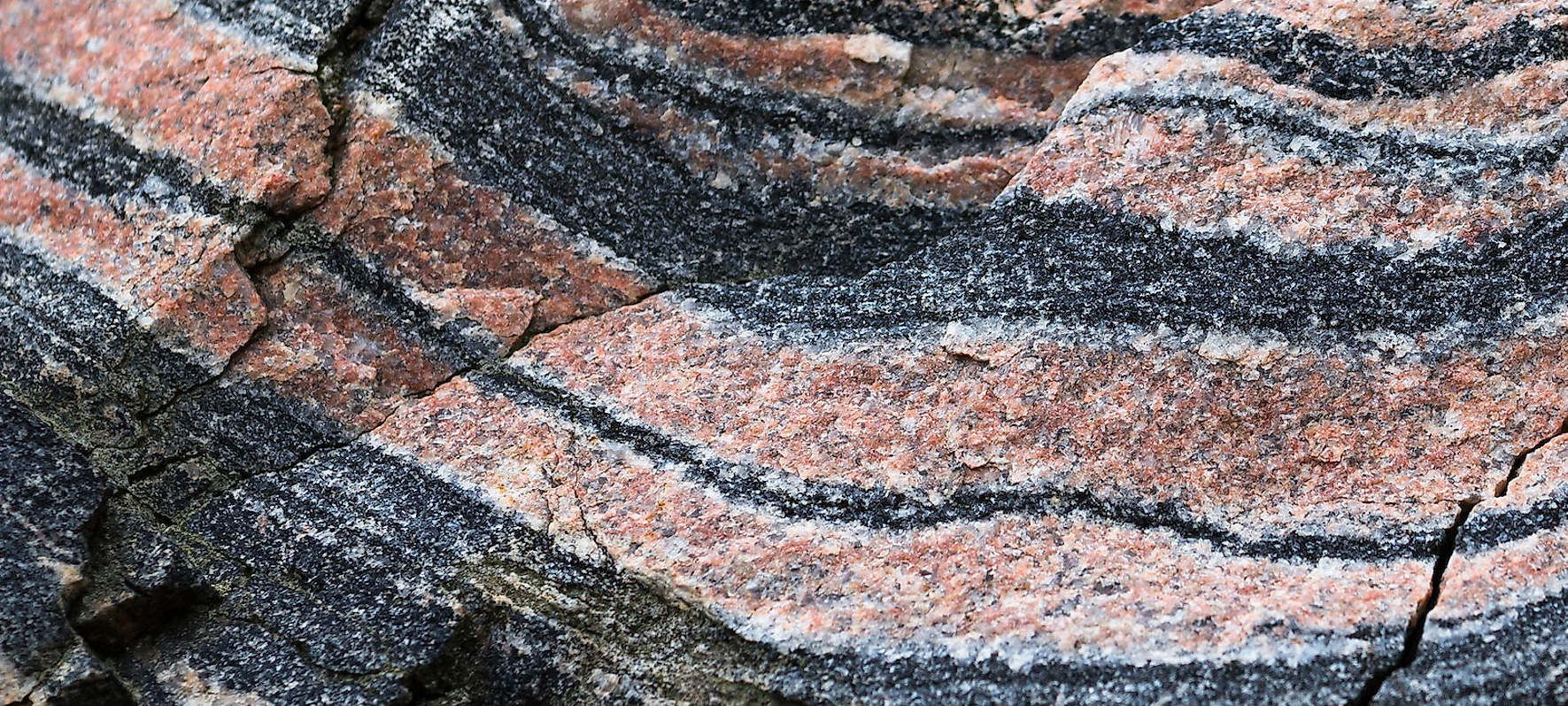
Metamorphic
Metamorphic rocks are a fascinating class of rocks that have undergone transformation due to intense heat, pressure, or mineral exchange deep within the Earth’s crust. …
-
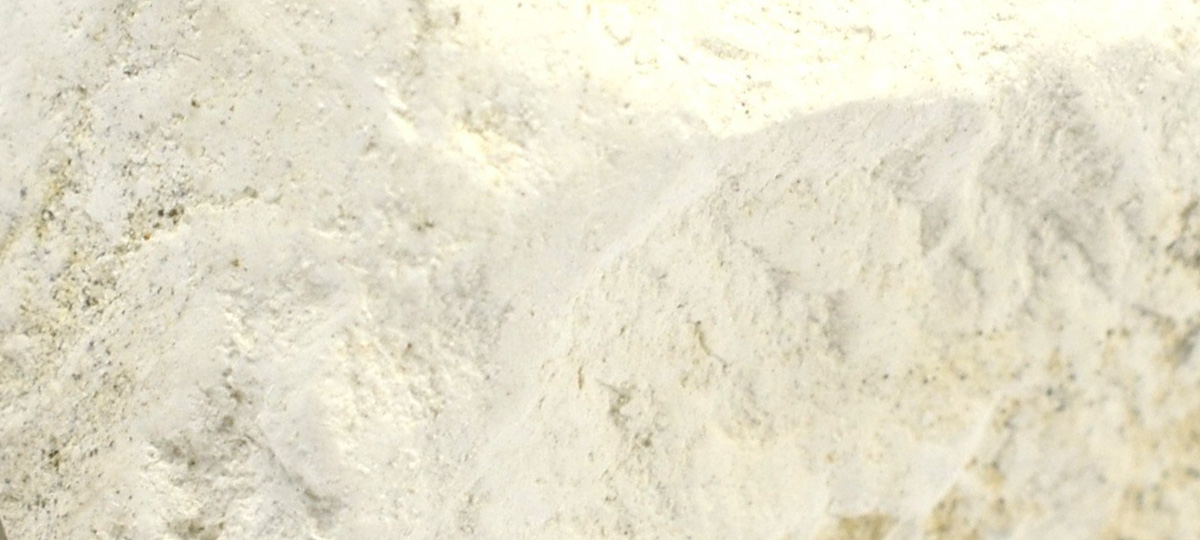
Organic Sedimentary
Organic sedimentary rocks are unique formations derived from the accumulation and preservation of plant and animal remains, providing a window into Earth’s biological history. These …
-

Chemical Sedimentary
Chemical sedimentary rocks are formed from the precipitation of dissolved minerals from water, often due to changing environmental conditions. These captivating rocks offer valuable insights …
